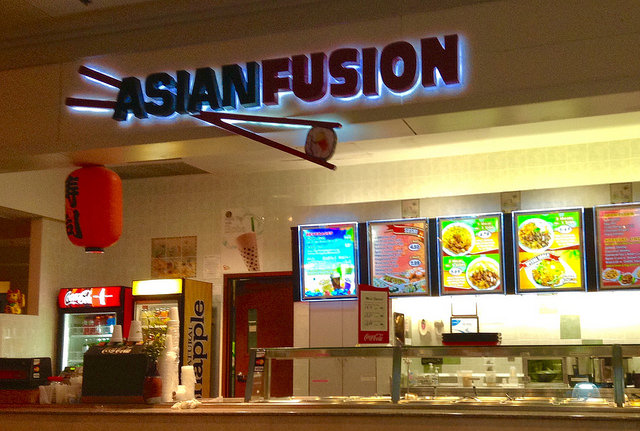Innovation in the food world is typically a product of evolution and not revolution — chefs and food makers put new twists on traditional dishes
A trip the supermarket, dinner at a new restaurant or a perusal of the cookbook section on Amazon can make it seem like chefs and food makers are constantly releasing brand-new goodies and never-before-savored flavors.
But often, much of the innovative new foods are actually variations on earlier themes, changed or repackaged to fit better with current culinary trends. New savory versions of Greek yogurt like Fage Crossovers, which come in Tomato Basil with Roasted Almonds and Carrot Ginger with Pistachios, are hitting the market as concerns about sugar displace worries about fat. The trend toward higher-protein snacks also meant yogurt was suddenly a more attractive option for men, a trend that spawned the term “Brogurt” to describe yogurt brands that changed their marketing messages to woo men.
“There’s nothing new in food,” says Trina Kaye, co-president of the Los Angeles/Orange County Les Dames d’Escoffier and a publicist who represents a lengthy roster of chefs and cookbook writers including kosher cooks and charcuterie experts. Food makers have been tweaking recipes lately largely to cater to special diets including vegetarian, vegan and gluten-free, she said, but it’s also about repackaging what came before.
“‘What do you do to set yourself apart? How many different ways can you remake mac-and-cheese?”
When the secret ingredient is marketing
Consumers are always looking for something fresh, new and different, she said, and often the answer is finding ways to market newer versions of the familiar and traditional foods we grew up with, from plant-based faux meats to modernized versions of Passover Seder dinners.
Author Paula Shoyer’s latest book, The New Passover Menu, remakes an ancient Jewish ritual feast with eight complete menus that meld the traditional with new flavors and cultures, including Moroccan Spiced Short Ribs and Eggplant Parmesan, and tops them off with gluten-free dessert recipes.
“It’s about getting people to look differently at what they’re serving,” Kaye said.
Another one of Kaye’s clients, cooking teacher and author Amelia Saltzman shares her farm-to-table takes on traditional Jewish cooking in The Seasonal Jewish Kitchen, a book that turns each season’s bounty into fresh versions of old favorites.
Too much of a good thing?
Some of the recipes in Saltzman’s book happen to be vegan, a trend that has been on the rise. The cookbook world is saturated with vegetarian and vegan offerings on the one hand and paleo books on the other, Kaye said.
Vegan cookbooks are selling well, she said, and new ones are still coming out, but the field is getting crowded and that can be a sign of a slowdown to come.
“The danger when you get too many of one thing is that the market becomes saturated, and then consumers start looking for something new and different” whether it’s within the genre or in a totally different direction.
The cookbook Thug Kitchen, an aggressively in-your-face and often rude book of vegan recipes and cooking methods struck a chord with consumers and took off in popularity, Kaye said. “It was the hottest cookbook. It shocked you by the way it marketed the recipes. How you title something and how you make it kind of interesting, that can make all the difference.
Fusion trends are still hot and sometimes new flavors emerge when cultures collide, like the Tikka Masala Poutine at Desi Galli in New York City, created by owner PriaVanda Chouhan who grew up in an Indian family in Montreal, Canada. The dish tops fresh cut french fries with a vegetarian version of chicken tikka masala instead of gravy and noodles made from chickpea flour instead of cheese, Chouhan told the Village Voice.
“Fusion is one of those controversial food trends, but it can really bring traditional dishes to life, especially when you’re saying something about your own history and culture,” she said.
__________________________________________________
If you enjoyed this article, join SmartBrief’s email list for more stories about the food and beverage industry. We offer 14 newsletters covering the industry from restaurants to food manufacturing.
